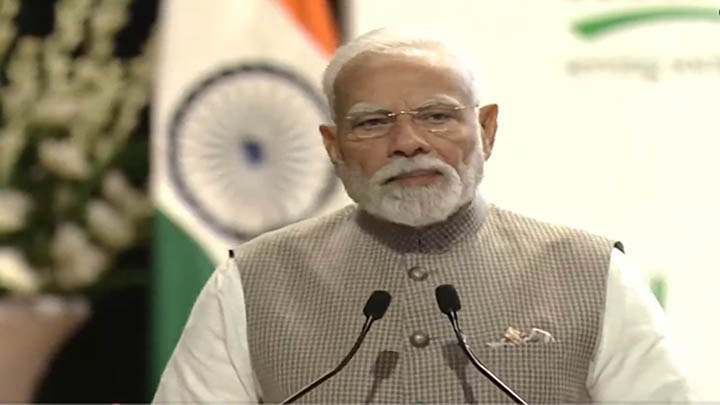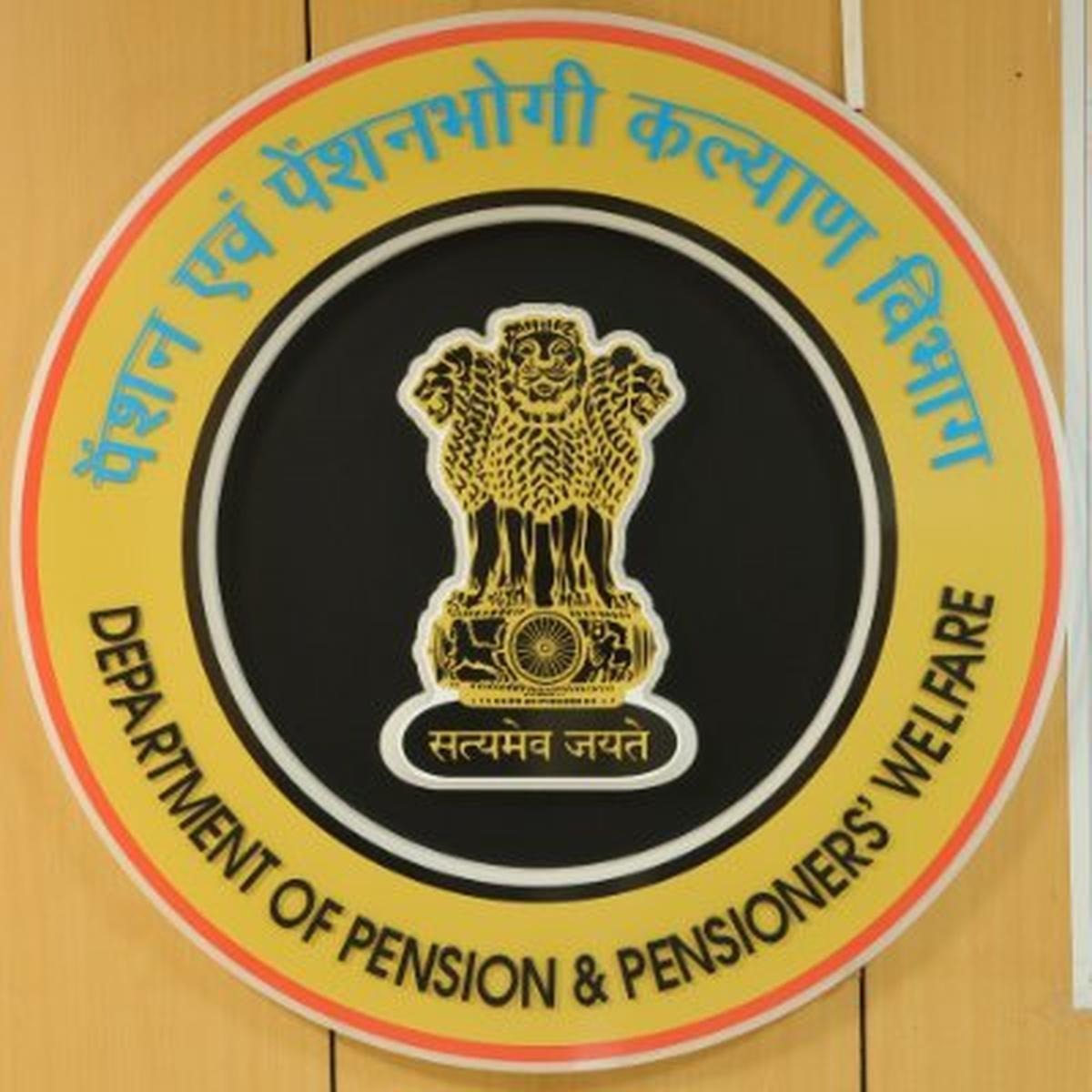India has delivered a resolute response to the United States’ recent decision to double tariffs on Indian goods, elevating duties to a staggering 50%, in reaction to India’s continued import of Russian oil. Prime Minister Narendra Modi, speaking at the MS Swaminathan Centenary International Conference in New Delhi, underscored India’s unwavering commitment to protecting the interests of its farmers, fishermen, and dairy producers, even at the cost of facing significant economic repercussions.
Key Highlights of the India-US Tariff Dispute
The United States, under President Donald Trump, announced an additional 25% tariff on Indian imports on top of an existing 25%, effectively imposing a 50% tariff rate starting August 27, 2025. This rate places India among the highest tariffed nations by the US.
The tariff escalation was largely justified by the US administration on grounds of India’s procurement of discounted Russian oil and military equipment, which Washington views as supporting Russia’s ongoing war effort in Ukraine.
India’s Ministry of External Affairs immediately condemned this move as “unfair, unjustified and unreasonable,” emphasizing that India’s oil imports are driven by market demands and the critical energy needs of its 1.4 billion population.
Prime Minister Modi conveyed clearly that India will never compromise on the livelihoods and economic well-being of farmers, fishermen, and dairy farmers, acknowledging the heavy price this stance may exact but affirming India is prepared to face it.
Details of PM Modi’s Statement and India’s Position
Modi’s remarks at the conference highlighted that the welfare of farmers is paramount and non-negotiable for the government. He stressed India’s readiness to endure economic challenges rather than yield to external pressures compromising domestic priorities.
Implicitly addressing tariff-related trade tensions, Modi stated, “India will never compromise on the interests of farmers, fishermen, and dairy farmers. I know we will have to pay a heavy price for it, and I am ready for it. India is ready for it.”
India’s diplomatic stance reiterates that the tariffs undermine the strong strategic partnership between India and the US, risking mutual respect and cooperation.
The Ministry of External Affairs pointed out the perceived double standards since several other countries continue trading with Russia without facing comparable penalties.
Trade Negotiation Breakdown and Wider Implications
The move follows a collapse of extensive trade negotiations between India and the US, largely over America’s insistence on greater access to India’s agricultural markets, including contentious sectors like corn, soybeans, and dairy.
India has consistently resisted extensive market opening in agriculture due to concerns about protecting millions of domestic farmers from adverse impacts.
The trade standoff also comes amid India expanding its energy ties with Russia, making Russia the country’s largest oil supplier for the first half of 2025.
Analysts and former diplomats suggest that the broad tariff hike and threats of secondary sanctions reflect broader geopolitical tensions, with the US aiming to economically isolate Russia amid the Ukraine conflict.
Economic and Strategic Reactions in India
Indian industry leaders and politicians have expressed strong opposition to the US tariff hikes, vowing to strengthen self-reliance and explore alternative markets and supply chains.
Industrialist Harsh Goenka notably stated that while exports may face tariffs, India’s sovereignty and resolve remain unyielding.
India is exploring measured retaliatory tariffs and trade actions to safeguard national interests, signaling a willingness to engage in reciprocal measures if required.
Outlook and Future Prospects
The tariffs are set to take effect on August 27, with India bracing for potential economic impacts, though some reports indicate the immediate GDP effect may be limited.
High-level diplomatic engagements are anticipated to attempt resolution, including potential direct talks between PM Modi and the US President to deescalate tensions.
India’s firm stance suggests it will continue balancing strategic partnership with the US while robustly defending core economic and agricultural interests.
The unfolding scenario underscores complex trade, energy, and geopolitical challenges shaping India-US relations in 2025.
In conclusion, India’s response to the US tariff hike reflects a steadfast commitment to protect farmers and domestic interests amid escalating trade friction. Prime Minister Modi’s readiness to bear the costs underscores the government’s prioritization of sustainable domestic welfare over external pressures, signaling a new phase in India’s approach to international economic diplomacy.
Source: Times of India, Hindustan Times, NDTV, Economic Times, Reuters, ANI,




